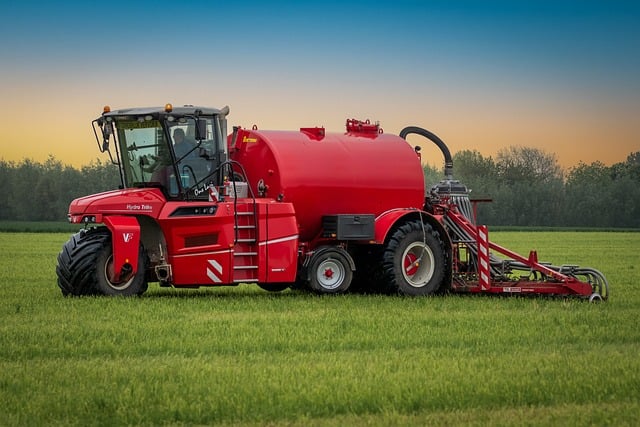When it comes to protecting yourself financially while driving, liability coverage is a cornerstone of your auto insurance policy. It safeguards you against the financial consequences of accidents where you’re found at fault, covering expenses for injuries and property damage sustained by others. But what exactly does liability coverage entail, and why is it such a vital part of any auto insurance plan?
Understanding Liability Coverage
Liability coverage is divided into two main components:
- Bodily Injury Liability (BIL):
This aspect of liability coverage pays for medical expenses, lost wages, and even legal fees if someone decides to sue you after an accident. For example, if you’re at fault in a collision that results in someone’s hospitalization, bodily injury liability would cover the hospital bills and any associated costs, up to your policy limits. - Property Damage Liability (PDL):
This coverage pays for repairs or replacements of the other party’s property that you damage. Common examples include damages to another vehicle, fences, mailboxes, or even storefronts in extreme cases.
While these two components are the core of liability coverage, there are nuances in what’s included, making it essential to understand the specifics of your policy.
What Bodily Injury Liability Covers
Bodily Injury Liability is crucial in accidents involving physical harm. It typically covers:
- Medical Expenses: This includes hospital bills, rehabilitation costs, and ongoing medical treatments for the injured party. For instance, if you’re responsible for an accident that leads to surgery or physical therapy for another driver, your liability coverage will handle these costs.
- Lost Wages: If the injured party cannot work due to the accident, your liability coverage may compensate for their lost income.
- Pain and Suffering: In some cases, you might be liable for compensating the injured party for emotional distress or pain caused by the accident.
- Legal Defense Fees: If you’re sued due to an accident, liability coverage can help cover the cost of hiring a lawyer and court fees.
These protections ensure that you aren’t left shouldering the financial burden alone. However, it’s essential to select adequate policy limits to cover potential expenses. Learn why liability coverage is so important.
What Property Damage Liability Covers
Property damage liability goes beyond repairing vehicles. Here’s what it typically includes:
- Vehicle Repairs: This is the most common type of claim. If you rear-end another car, your liability insurance will cover the cost of fixing their vehicle.
- Public Property Repairs: Liability coverage can pay for damages to government property, such as light poles, guardrails, or traffic signs.
- Personal Property Repairs: If you accidentally crash into a home, fence, or even someone’s mailbox, your liability coverage will handle the repair or replacement costs.
- Towing and Rental Costs: In some cases, your policy may cover towing fees or rental car costs for the other party.
While these situations might seem rare, accidents can happen when you least expect them, making comprehensive liability coverage indispensable.
Policy Limits: Why They Matter
Liability coverage has policy limits that dictate how much your insurance will pay. These limits are typically divided into three categories:
- Per Person Bodily Injury Limit: The maximum amount your insurer will pay for injuries to one person in an accident.
- Per Accident Bodily Injury Limit: The total amount your insurer will cover for injuries to all parties involved in a single accident.
- Property Damage Limit: The maximum your insurer will pay for property damage.
For example, if your policy includes limits of $50,000/$100,000/$25,000, it means:
- $50,000 per injured person
- $100,000 total for all injuries in an accident
- $25,000 for property damage
Anything exceeding these limits becomes your financial responsibility. This is why many experts recommend selecting higher limits than the state-mandated minimums. Explore how liability limits affect your risk.
What Liability Coverage Does Not Include
It’s equally important to know what liability coverage doesn’t cover. Common exclusions include:
- Your Own Vehicle Repairs: For damage to your car, you’ll need collision or comprehensive coverage.
- Your Medical Bills: Personal injuries you sustain won’t be covered by liability insurance; you’ll need personal injury protection (PIP) or medical payments coverage for that.
- Intentional Damages: If an accident is caused intentionally, your liability insurance won’t pay for the damages.
- Business Use: Accidents that occur while using your vehicle for business purposes may not be covered unless you have commercial auto insurance.
Real-Life Example: Why Liability Coverage Matters
Let’s say you’re driving on a rainy day and accidentally lose control of your car, hitting another vehicle. The other driver sustains injuries requiring hospitalization, and their car is totaled. The total expenses include:
- Medical bills: $30,000
- Vehicle replacement: $20,000
If your policy limits are sufficient, your liability coverage will handle these costs. However, if your limits are lower than the total expenses, you’ll need to pay the difference out of pocket—a financial risk no driver should face.
Tips for Maximizing Liability Coverage
To ensure you’re adequately protected:
- Opt for Higher Limits: While it may increase your premiums slightly, higher limits provide better financial protection.
- Bundle Policies: Combining liability coverage with other types of insurance can often result in discounts.
- Review Regularly: As your financial situation changes, reassess your liability limits to ensure they meet your needs.
Liability coverage is an essential part of auto insurance, offering financial protection in case of accidents where you’re at fault. By understanding what it includes and ensuring your limits are sufficient, you can drive with peace of mind knowing you’re prepared for the unexpected.



